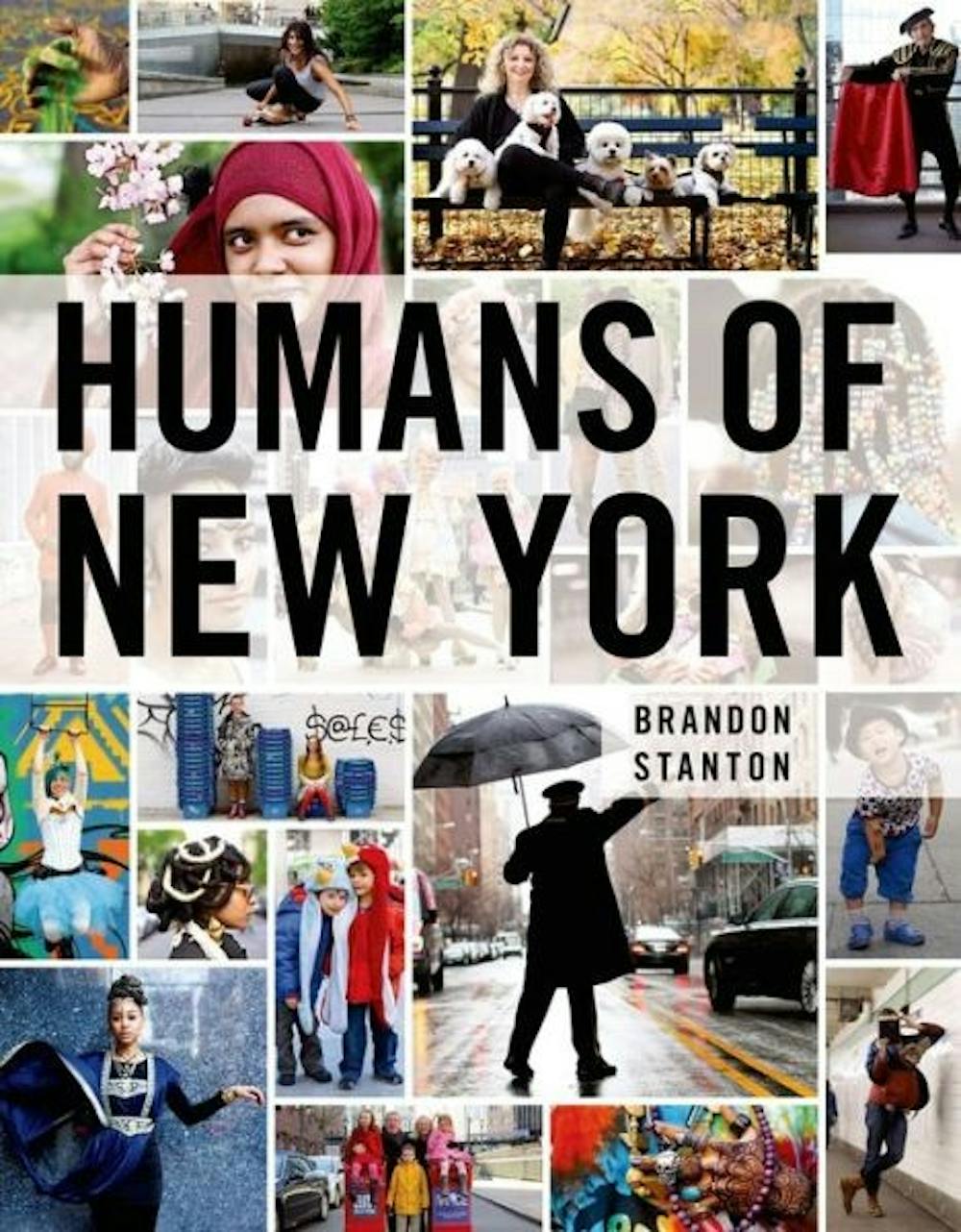Whether it’s on Facebook, Instagram, Twitter or all three, you probably see a Humans of New York (HONY) post every once in a while. Each post promises to show a new human from New York, complete with a beautiful, professional–grade photograph and a bite size quote of their perspective on life so far. What was their saddest memory? What was their happiest? What are they worried about right now? All amusing questions, all answered with witty responses.
There’s nothing outright wrong about HONY. You’d be hard pressed to find someone who doesn't remember feeling inspired by a HONY post at least once. The trouble comes when we think that HONY actually resembles anything like the actual humans of New York. It’s naive to think that everyone fits into HONY photographer Brandon Stanton’s template: quirky attitude, beautiful photograph with a blurry background, equipped with a one–liner (or one–paragraph) about life.
That isn’t what a human is. That’s turning a multi–dimensional person into a one–trick pony.
This doesn’t mean we don’t learn more about a person, but we should be careful about what we think we’re learning about them. At it’s best, HONY is a random person on the street talking to another person. It’s impossible for Stanton to understand all of the fragmented, nuanced views of a stranger when he has a quota to fill. What we get is something much more brief. Once the camera takes a shot and the pen jots down a quick quote, it’s on to the next interesting character in a fairytale–like view of zany New Yorkers.
We have to realize that HONY is just one 30–year–old man’s view of the Big Apple; that this particular view fails to humanize its subjects. Stanton takes many photographs chronicling the lives of the homeless, but never fails to attempt to transform sadness into beauty. I can’t help but think that the beautiful composition of HONY’s photographs adds to that misconception.
What if someone homeless doesn’t want to talk to Stanton? They’re shut out for not being interesting enough. That’s the price you pay to have a talkative New York. In these cases, silence is more compelling.
Unfortunately, we can’t have the real humans of New York. We can’t have them on our newsfeed; we can’t have them as we eat our cereal in the morning. HONY is a passive way to think we know how people live their lives. It exists so we can find a char- acter’s sound byte we relate to, much like scrolling through a page of Brainy Quote when we were in high school. The humans of New York are more than masks to try on. They deserve better.

